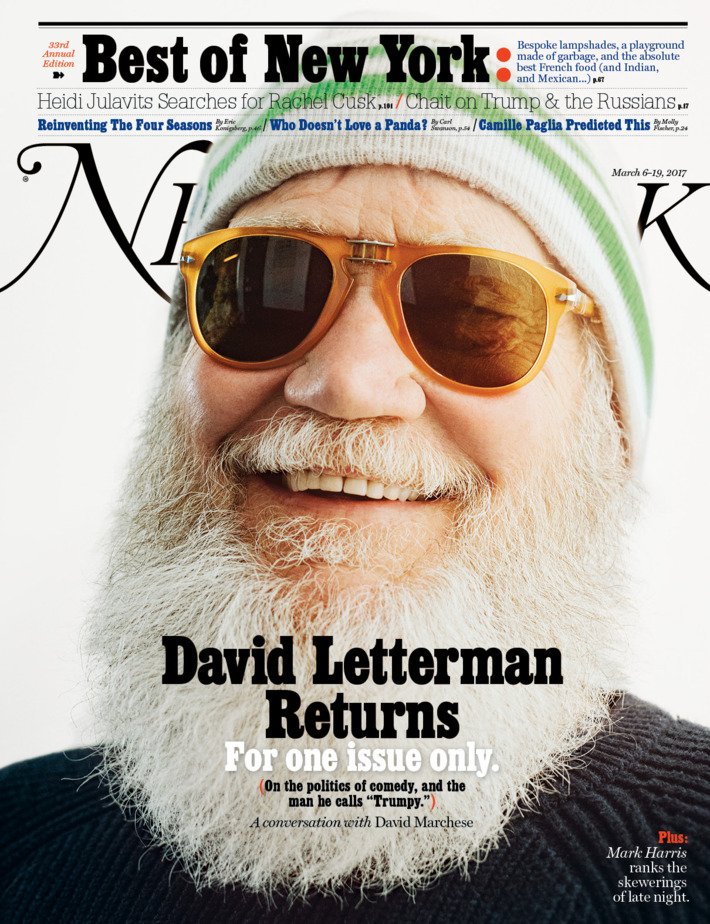 The magazine cover – once a key element in making a title stand out on the newsstand – has evolved to a new purpose.
The magazine cover – once a key element in making a title stand out on the newsstand – has evolved to a new purpose.
“The cover is no longer really to sell magazines on the newsstand,” explains Adam Moss, EIC of New York Magazine.
“As newsstands have become so much less important to all of us, the cover has a different function. It is basically the brand statement of what we make,” Moss says in an interview with Samir “Mr. Magazine” Husni. “It declares what we think is important or interesting; it declares our voice. Also, it’s an amazing document for the purposes of social media. Social media takes your cover and distributes it all over the place and it becomes an advertisement for the magazine that’s actually more important than it was originally meant to be when it was to stimulate newsstand sales.”
Coming from Moss, the longest-serving editor-in-chief of New York Magazine, this statement has a particular resonance. What it tells us two things:
- He is keenly aware of the changes in the industry and the impact of social media; and
- He is not lamenting those changes but rather embracing them and the new opportunities they bring.
He is, as Husni reminds us, a charter member in the “Print Proud, Digital Smart” club, understanding the true role of print in the changing media landscape. Moss balances print with digital in the spirit of a true leader.
“By hiring good people who know things that you don’t know,” he tells Husni. “And then you learn from them and try to help them think about things in a certain way, but essentially you let them do their jobs. As everything gets more complicated, the role of an editor is to hire specialists and let them do their thing.”
When we talk about the changing role of the magazine cover, that “thing” is relying less on eyeballs at the newsstand and more about showcasing the brand and making the cover image socially irresistible.
“Social media takes your cover and distributes it all over the place and it becomes an advertisement for the magazine that’s actually more important than it was originally meant to be when it was to stimulate newsstand sales,” Moss continues.
He’s careful to not speak in terms of “good” or “bad” regarding the changes in the magazine industry; rather he takes a balanced approach.
“I try not to think in those terms [of good or bad], because everything is both,” he explains. “Things change; there’s no fighting the things that change. And you just have to adjust to them and think of them as opportunities and not as problems. And I think basically most of the changes have been, not all, but most, have been for the better.”
Designing covers in the new magazine market means understanding the significant change that’s taken place. Of course, consulting the newsstand experts on your team is always a positive; just be sure you’re talking to the social side as well. Exceptional cover design is a collaborative endeavor and one of the most visible parts of the magazine industry.
The New York Magazine is one title that continues to get it very, very right.
